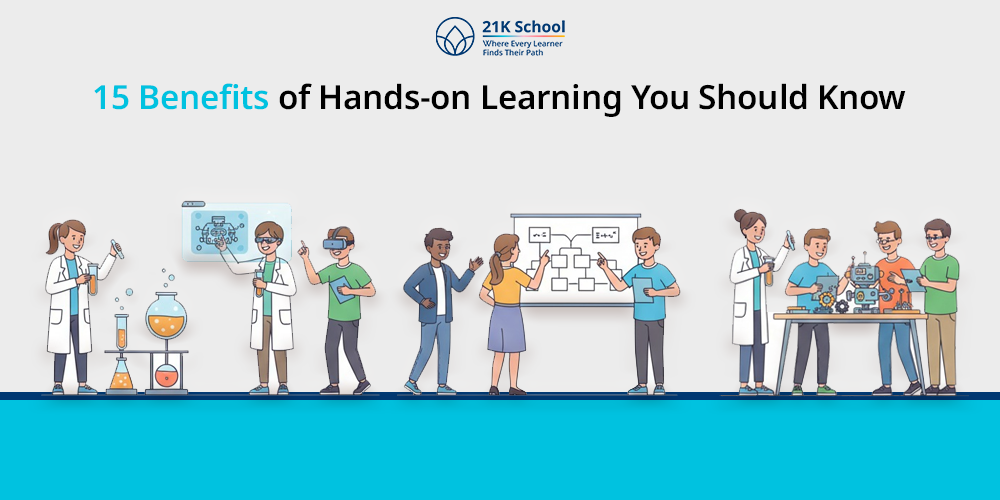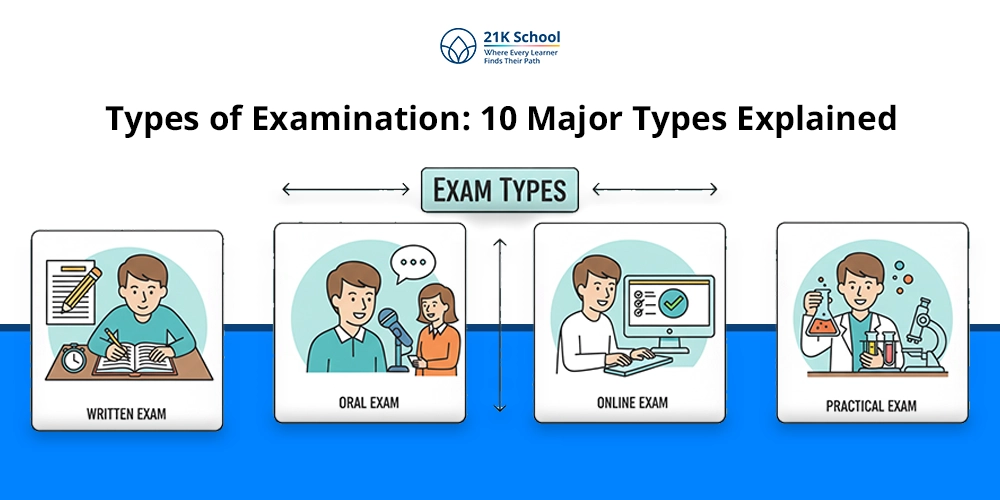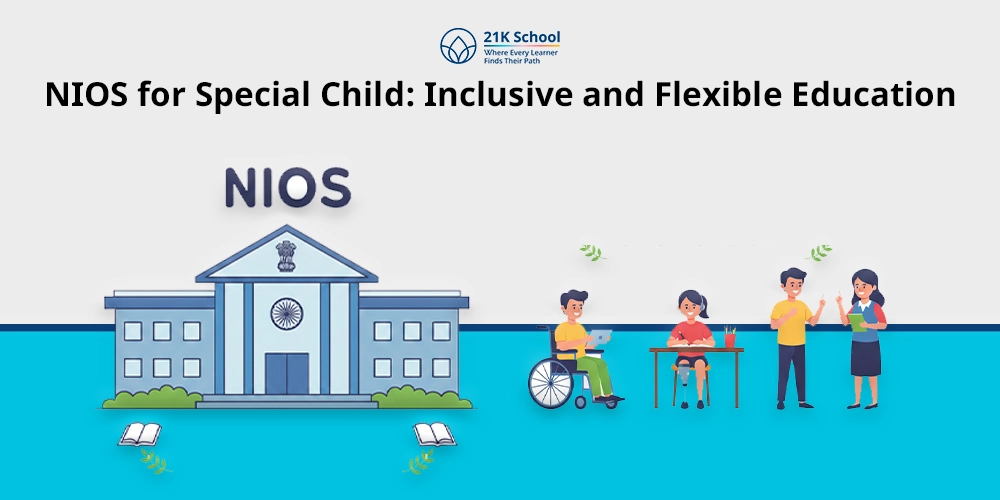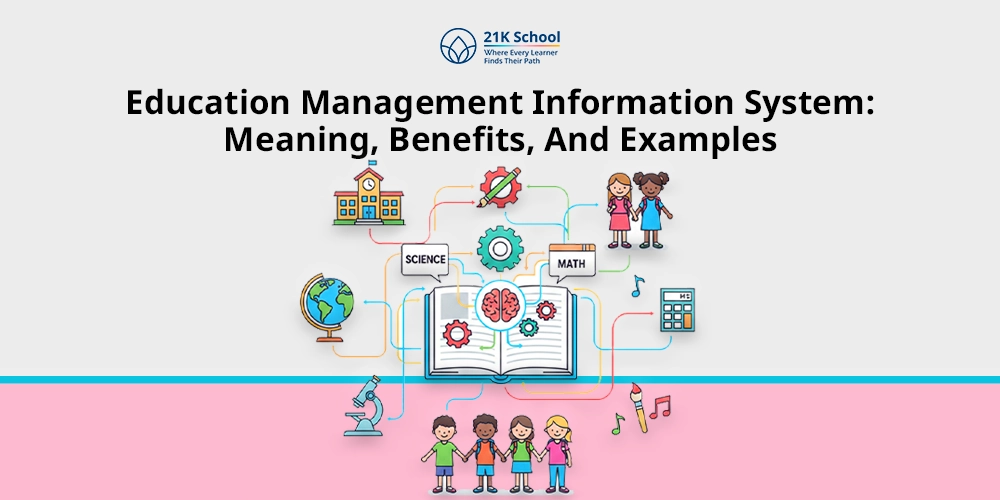
Today, education is no longer limited to classroom learning, textbook or memorising point by point. Now the traditional learning method sometimes restricts the ability to engage students.
Various real life challenges need practical solutions. Here comes hands-on learning which helps learners to actively participate in everyday learning.
The approach is an ideal way of learning in which learners explore experiments and apply the information in the real world.
To understand each point in detail let’s explore what hands-on learning is and its benefits for learners.
Table of Contents
- What is Hands-on learning?
- 15 Benefits of Hands-on Learning
- 1. Enhances Understanding
- 2. Develops Oral Language
- 3. Improves Memory Retention
- 4. Boosts Self‑Esteem
- 5. Hands-on Application of Knowledge
- 6. Increases Engagement and Student Motivation
- 7. Encourages Creativity
- 8. Strengthens Problem-Solving Skills
- 9. Builds Critical Thinking
- 10. Develops Fine Motor Skills
- 11. Encourages Teamwork and Collaboration
- 12. Caters to Different Learning Styles.
- 13. Bridges Theory and Practice
- 14. Prepares for Real-Life Skills
- 15. Reduces Learning Gaps
- Conclusion
What is Hands-on learning?
Hands-on learning is an educational technique in which learners instead of traditional education actively participate in physical or real life challenges.
It promotes “learning by doing” approach for deep concept understanding and memory retention.
Practical approaches in hands-on learning include various activities such as experiments, simulations, projects, role-playing, and problem-solving exercises.
15 Benefits of Hands-on Learning
Below mentioned points are 15 powerful benefits of hands-on learning that helps learners academic personal and social growth:
1. Enhances Understanding
Hands-on learning helps learners to understand the concept and apply it in real world situations.
Students perform the task which guides them to grasp the knowledge easily for a long retention period.
For example, creating a 3D model of the solar system engages learners to explore planetary motion which leads to better memorising.
2. Develops Oral Language
There are many real life examples that help learners to discuss the present and interact in a group to develop oral language.
Hands-on learning helps in oral language development with active participation, communication and collaboration.
This is not only ideal for fluency but also builds confidence for academic development of students.
3. Improves Memory Retention
Engagement in the learning processes makes people retain the information better which is supported by deep research.
Real life experiences produce long-term impressions as learners are using a combination of all their senses including vision, touch, hearing and in other cases, gustation or smelling.
A simple example includes, cooking a recipe and training to measure ingredients generates a much stronger memory trace than reading about fractions.
4. Boosts Self‑Esteem
Effective performance of projects or problem solving tasks using real-world activities makes the learners feel confident about their competence.
With hands-on experience, learners trial errors and eventually succeed in practical application of knowledge.
The cycle continues to develop both academic and personal needs.
5. Hands-on Application of Knowledge
The hands-on or practice-based learning combines the theoretical learning at the classroom and its practice.
Students implement already learnt concepts and topics in real life to understand its working.
6. Increases Engagement and Student Motivation
In Traditional school, learners mostly engage in passive learning. But sometimes it can lack the interest of students and they feel bored.
Resolving this problem hands-on learning increases students’ engagement and motivation by encouraging them to explore project based or experimental methods.
Students interested to see the experiments or process in real life.
7. Encourages Creativity
To foster creativity, the learner needs the freedom to explore experiments and follow the procedure to get successful results.
Hands-on experience is not limited to science projects; it also offers opportunities in diverse areas like writing poetry or scripts, creating models of new ideas etc.
It has learners to improve their creative thinking skills in desired way.
8. Strengthens Problem-Solving Skills
Hands-on learning will challenge the student to work out the problems on his/her own or other people. Theoretical knowledge is not sufficient on its own but only gives conceptual knowledge.
On the contrary, Hands-on learning is much different compared to conventional forms of learning and provides a chance to practice knowledge and solve problems.
This enhances problem solving skills among the students at a young age.
9. Builds Critical Thinking
In the traditional learning frameworks, both learners and instructors do not pay much attention to the formulation of critical thinking.
Hands-on learning fosters inquisitiveness, analysis of outcomes and self-reflective learning processes.
The end product is a developed critical thinking competence.
10. Develops Fine Motor Skills
When working with younger learners, their fine motor skills can be developed with the help of activities connected with drawing, building, painting, or working with small objects.
These are abilities that cannot be developed only in written or theoretical training and are present in real life situations quite often.
Students who are involved in more advanced projects also develop an additional improvement in hand-eye coordination and technical skills relevant to their future job.
11. Encourages Teamwork and Collaboration
Teamwork or collaboration is not limited to rote learning but students are actively involved as a team in the development of projects, 3-D models, or activities that can be used to learn.
This kind of engagement will make learning to be beyond the textbook content.
Gaining the intended results requires an assessment of evidence, comparison of perspectives, and drawing conclusions depending on results.
12. Caters to Different Learning Styles.
The learners have differences in the way in which they absorb knowledge, some being audio learners and others are visual or kinesthetics.
The flexibility of hands-on learning favors different forms of learning as it enables different ways of interaction and as such marginalisation is avoided and the environment is inclusive, which leads to inclusive learning.
13. Bridges Theory and Practice
The combination of theoretical and practical knowledge in hands-on learning is an ideal experience that offers in-depth learning in a better environment.
Key methods include project-based learning, practical exercises, real-world simulations, feedback loops, and work-integrated learning.
14. Prepares for Real-Life Skills
Preparing for real-life skills is important for learners to achieve better academically and personally. Skills like critical thinking skills, collaboration and creative writing etc.
These are important competencies that help learners to choose the right path for improvement.
15. Reduces Learning Gaps
Students usually get lost in the process of memorising concepts repeatedly without having knowledge of them.
The hands-on application of knowledge is a functional means of alleviating this and Hands-on examples of knowledge provide structural data.
Conclusion
Implementation of proven and effective hands-on learning approaches guide learners to understand the importance of practical knowledge in education.
It helps in bridging the gap between theory and practice. It also enhances the academic score, increasing interest and curiosity for lifelong learning.
It’s time for school facilitators and learners to encourage the combination of theoretical and practical learning for deeper knowledge and understanding.



